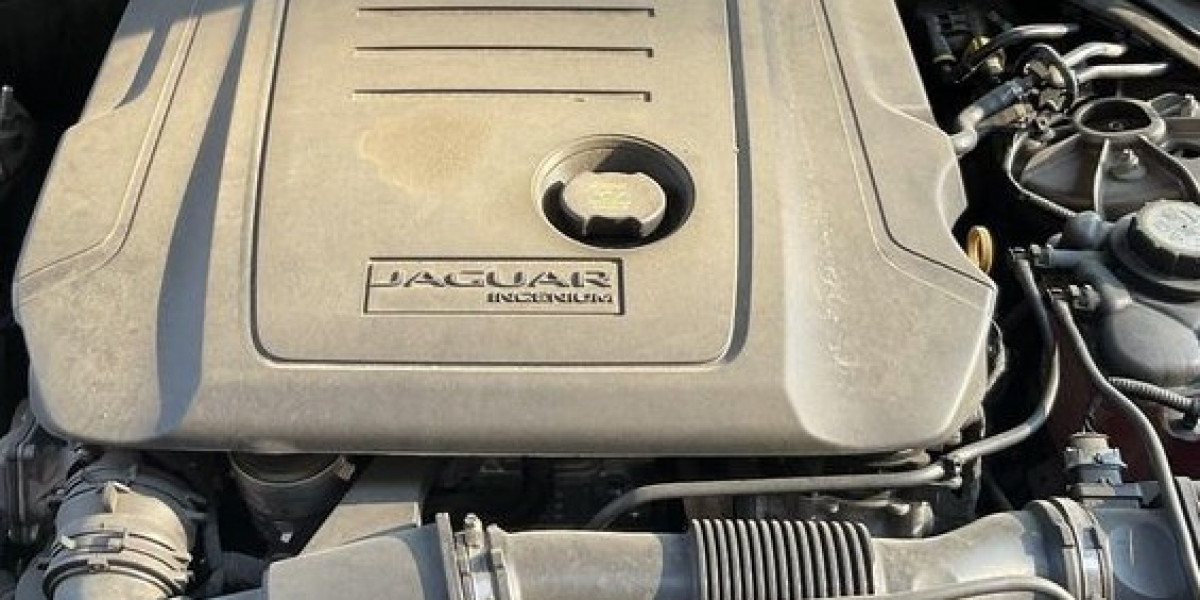The Nissan Murano transmission is one of the most crucial components that defines the driving dynamics and overall performance of this stylish midsize SUV. Since its introduction in 2003, the Murano has been at the forefront of Nissan’s crossover lineup, offering a refined ride, advanced features, and a strong V6 engine. Central to this package is its transmission system, which has evolved over the years to provide better fuel efficiency, smoother acceleration, and reliable operation. Whether you're a current owner, prospective buyer, or someone looking for a replacement unit, understanding the transmission used in the Nissan Murano is essential.
Most models of the Nissan Murano, especially from 2009 onwards, are equipped with Nissan’s Xtronic Continuously Variable Transmission (CVT). Unlike traditional automatic transmissions that shift through a fixed set of gears, the CVT utilizes a system of belts and pulleys to create an infinite range of gear ratios. This allows the engine to operate at optimal RPM levels, enhancing fuel efficiency and creating a smooth, gearless driving experience. The transition between speeds is seamless, which is particularly appreciated in city driving and stop-and-go traffic conditions.
The CVT in the Nissan Murano is designed to pair with the 3.5-liter V6 engine, delivering a balance of power and efficiency. It helps the Murano achieve respectable fuel economy figures while still offering solid acceleration and passing power. The CVT also contributes to the Murano’s reputation for delivering a quiet and comfortable ride, with fewer jolts or interruptions during gear changes compared to conventional transmissions.
However, like many CVT-equipped vehicles, the Nissan Murano transmission has had its share of reliability discussions. Earlier models, especially in the late 2000s and early 2010s, faced issues such as hesitation, jerking, whining noises, and overheating. These problems were often linked to internal belt wear, fluid breakdown, or transmission control module (TCM) faults. In response, Nissan extended warranties on certain CVT models and issued service bulletins and software updates to improve performance and reliability.
To maintain the longevity of a Nissan Murano transmission, regular maintenance is crucial. This includes timely fluid changes using only genuine Nissan CVT fluid, as using incorrect fluid can lead to significant damage. Drivers should also monitor for warning signs like delayed acceleration, unusual sounds, or dashboard warning lights, which may indicate the need for inspection or repair.
When transmission problems occur, options include repairing the CVT, replacing it with a used or remanufactured transmission, or upgrading to a newer unit with improved design. A used transmission can be a cost-effective choice if sourced from a reliable supplier and installed by a professional technician with CVT experience.
In conclusion, the Nissan Murano transmission plays a critical role in delivering the smooth, responsive performance that drivers expect from this premium crossover. While the CVT design offers impressive fuel efficiency and comfort, it also requires attentive maintenance and care. Whether you’re maintaining your current Murano, replacing a faulty unit, or researching before buying, understanding the transmission’s function, benefits, and common issues will help you make smarter decisions and keep your vehicle running at its best.








